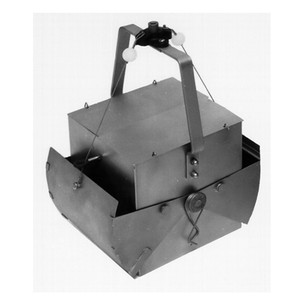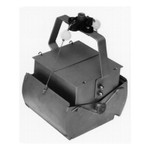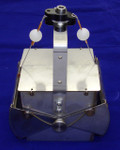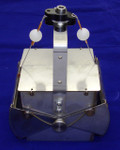 Loading... Please wait...
Loading... Please wait...Hydrological Equipment
- Home
- Aquatic Sampling
- Bottom Grab Samplers
- Ekman Grab Sampler SST Kit, 9x9x9
- Scoops overlap to reduce sample loss
- Dependable release closing
- 316 or 18-8 stainless steel construction
- Lightweight yet stable due to wide base
- Extra weights available
- Center pivot for low bottom disturbance
This is the grab to choose for soft, finely divided littoral bottoms that are free from vegetation, such as sticks and decayed leaves (or with short, erect vegetation only) as well as intermixtures of sand, stones and other coarse debris. The specialized function of this dredge is the taking of quantitative and qualitative samples of macroscopic bottom fauna to determine the productivity of soft bottoms, particularly those composed of finely divided muck, mud, ooze, submerged marl and fine peaty materials. Versatile and durable, it is suited for preliminary as well as more precise observation. It is not recommended for rocky or sandy bottoms or moderate macrophyte growth because small pebbles or macrophyte stems prevent proper jaw closure. Two thin, hinged overlapping lids on top open during descent to let water pass through. They close during retrieval and are held shut by water pressure to reduce washout. The closing springs easily unhook from their loaded position for safe handling during transportation and storage. An important and distinguishing feature of the Wildco® design is the messenger-operated Twin-pin™ scoop release mechanism. This release is very reliable, has few working parts and is the best of its type in the field.To operate, attach to a line and pass through the trip mechanism. Set the springs over the knobs and pull the jaws completely apart. Lower the dredge till it rests on the bottom and send a messenger down the line, allowing the springs to close the scoops.
- Safe, reliable closing mechanism
- All stainless steel construction
- Extra weights fit standard and tall Ekmans
- Extension handles replace messengers in shallow water
- Kits include messenger, line and case.
- Sampler and cases also available separately
- Heavy duty springs on tall and large versions.
- Wide base yields good stability despite its light weight
These samplers require a messenger and line (not included, except in kits) for operation.







